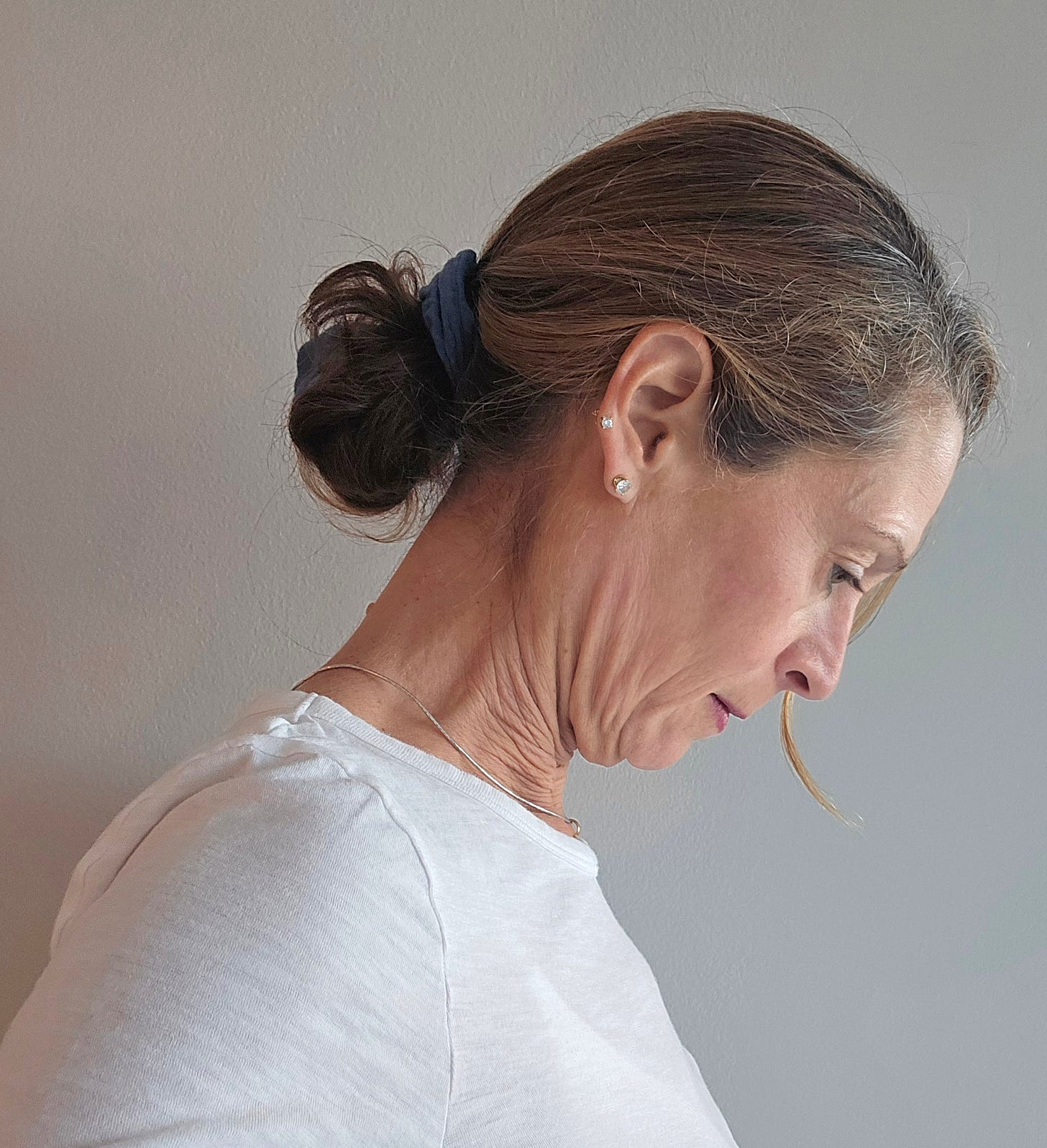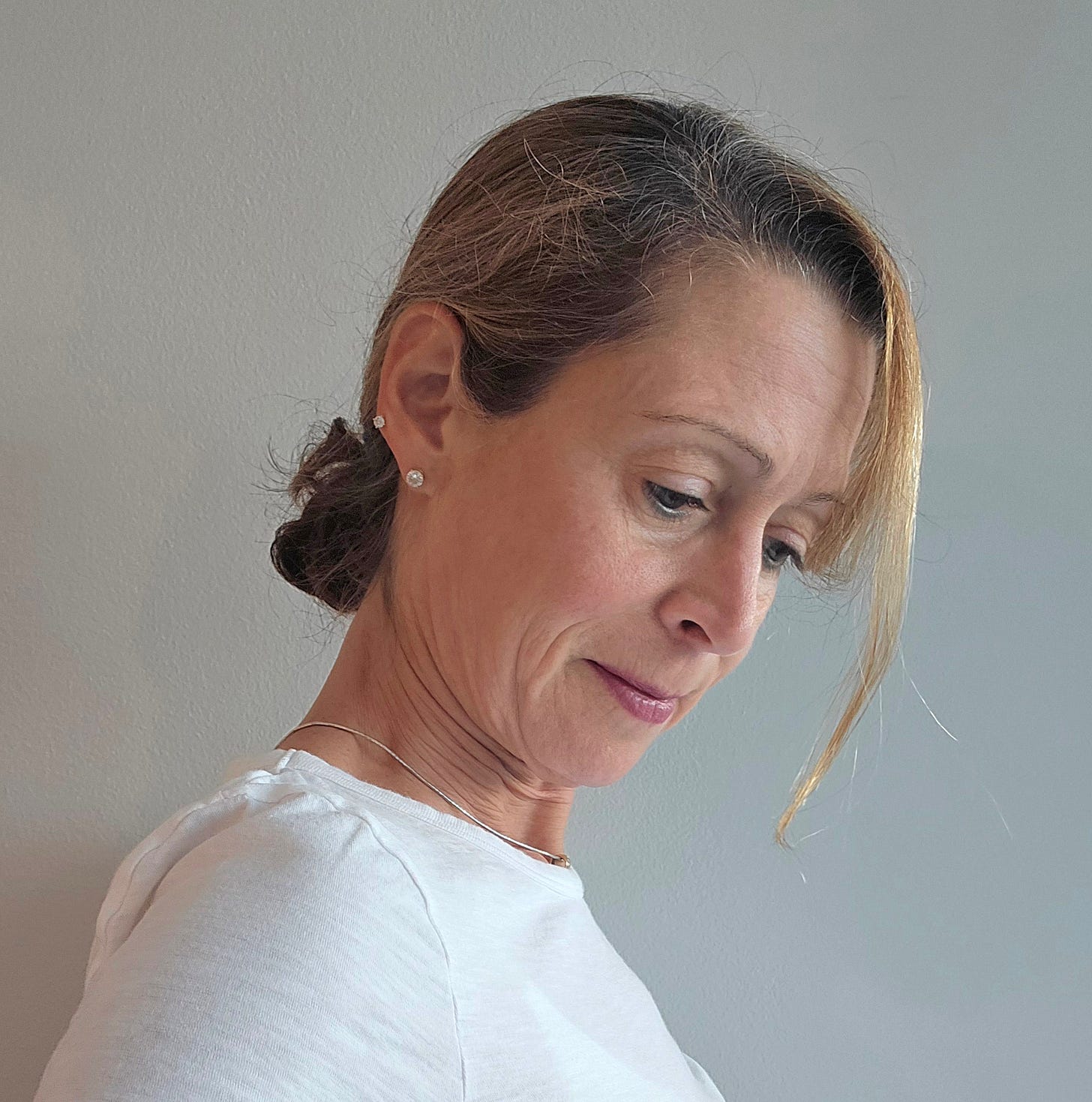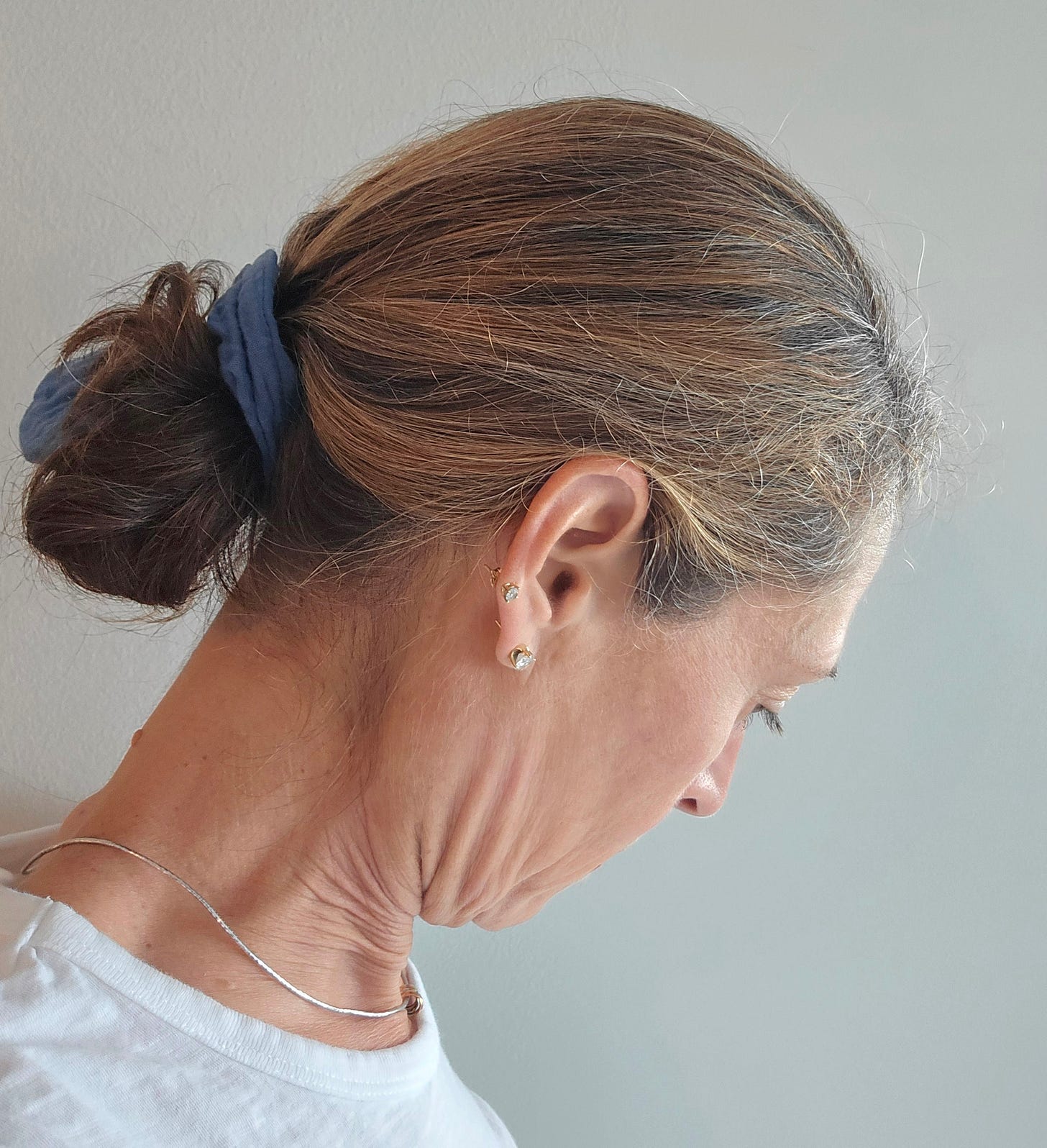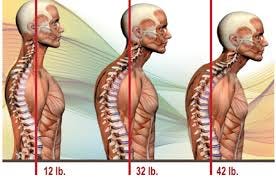THE BREATHING SERIES - Part 6 Correcting Misalignment - The Neck Part 1
Getting air in requires sticking your neck out.
Beth Kais The Breathing Series
June 17, 2024
IG - bethkais33139
@SoFiTBethKais
The Disclaimer – Where appropriate, please consult your physician before starting any exercise program.
Neck as the “abdominals” of the head and shoulders
The neck supports the space between the head and shoulders in the same way the waist/abdominals support the torso and pelvis. Both flex, extend and rotate and both require a specific amount of vertebrae (bones in the spine) curvature (extension) to support and move the body.
Neck Muscle (Cervical Flexors) Activation
Purpose
- Pulls the front of the head/jaw down to created proper space between where the head meets the neck (for optimal nerve function)
- Supports proper neck curve
- Support the proper position of the neck by activating the muscles (cervical flexors) that hold the neck in the proper place (neutral) for stability, head weight disbursement/support and motion
- In your comfortable position
o Lying face up with the neck supported on a rolled towel or cervical pillow
o Seated with back supported
o Standing
- Place your tongue on the roof of your mouth behind your teeth (tip on the ridge of the roof of your mouth)
o Keep the mouth closed as you swallow
o Places the tongue in the proper resting place
- Think of lengthening/increasing the space between where your head meets your neck
o Your personal vision or cuing
- Inhale (nose 6 to 8 seconds)
- As you exhale (nose or pursed lips 8 to 10 seconds)
o Slowly and gently lower your chin toward your sternum as if nodding yes
o Go slowly taking then entire exhale to complete the motion
o If your range of motion is limited comfortably go to your stopping point and wait until the end of your exhale
o Draw your belly button in and your ribs down as you exhale and at the end of your exhale – the stomach will pull in and flat as the low back moves in toward flat/flexion
- Inhale and return to the start position
- Think of lengthening/increasing the space between where your head meets your neck
o Elongate as if someone was pulling a string attached to the center of the top of your head
- Perform 3 to 5 total nods to the center
Then turn your head to the right (collar bone)
Perform
- As far as is comfortable up to 2/3 of the way to your shoulder (shoulder is 90 degrees neck rotation – maximum neck rotation is 60-70 degrees for this activity)
Purpose
- Support the proper position (curve) of the neck by activating the muscles that hold the neck in place
- In your comfortable position
- Place your tongue on the roof of your mouth behind your teeth (tip on the ridge of the roof of your mouth)
o Keep the mouth closed as you swallow
o Places the tongue in the proper resting place
- With the head turned - Think of lengthening/increasing the space between where your head meets your neck
o Your personal vision or cuing
- Inhale (nose 6 to 8 seconds)
- As you exhale (nose or pursed lips 8 to 10 seconds)
o Slowly and gently lower your chin toward your right collar bone as if nodding yes
o Go slowly taking then entire exhale to complete the motion
o If your range of motion is limited comfortably go to your stopping point and wait until the end of your exhale
- Inhale and return to the start position
- Keep the head turned - Think of lengthening/increasing the space between where your head meets your neck
o Elongate as if someone was pulling a string attached to the center of the top of your head
- Perform 3 to 5 total nods to the right collar bone
Turn the head to the left (up to 60-70 degrees) and nod 3 to 5 times to the left collar bone
Return to center and evaluate how your head, jaw and neck feel. If you performed any of the pre-tests repeat them now. You may also want to test your eyesight.
Reminders for Throughout the Day
- Lengthen where the head meets the neck to keep the chin level
- Keep your chest up and relax your shoulders down (instead of lowering your chest, pushing the shoulders forward and looking up with the head/chin up – typical computer posture) 12 lb head instead of the 42 lb head
-





